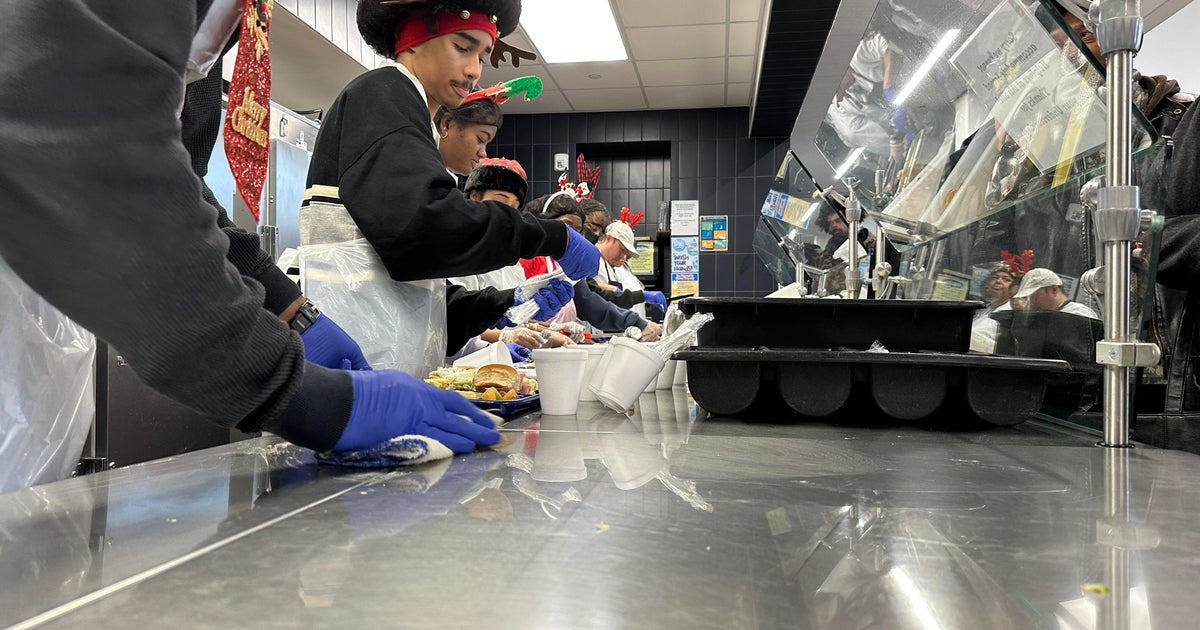Vampire bats hunt and eat with trusted buddies, study shows
A new study shows that female bats meet up with roostmates while foraging for food, cooperate on their hunting trips, and even chat with each other while sharing a meal.
Scientists attached tiny "backpack computers" to 50 female vampire bats, 23 of which had been captive for 2 years and 27 of which were wild. They then released the bats back to their wild roost on a cattle pasture in Tolé, Panama, for two weeks.
"Everything we've been studying with vampire bats has looked at what they're doing inside of a roost. What nobody has really known up until now is whether these social relationships serve any function outside the roost," study co-author Gerald Carter, assistant professor of evolution, ecology and organismal biology at The Ohio State University, said in a press release.
Researchers found that the bats who were "closely bonded" roostmates — who groomed each other and even shared regurgitated blood meals — did not leave the roost together but met up far from home when they were out hunting. They even appeared to "speak" to each other with three distinct types of calls, sometimes sharing a meal from the same cow while calling to each other.
Vampire bats, which live in warm tropical areas like Panama, where the study took place, feed off the blood of sleeping animals like birds, cattle and even humans.
The scientists also observed three distinct call types among the bats while they were foraging. There were "'downward sweeping' social calls, antagonistic 'buzz' calls, and 'n-shaped' feeding calls," the last of which had not been previously recorded in either captive or wild bats.
The researchers believe this shows that "bats may meet up with trusted partners during foraging trips to share information about hosts or access to an open wound," and that the social bonds between bats in the roost aid in their success at obtaining meals, allowing them to join forces to compete with other bats for food resources.
"Understanding their interactions with a completely different group of bats out on the pasture can help us understand what's going on inside the colony. If every time they leave the roost they're getting into battles, that can increase the amount of cooperation within the colony," Carter said.
Unsurprisingly, bats that spent the most time "hanging out" in the roost also spent the most time together while foraging.
"If you think about it, a longer interaction is more likely to be cooperative or affiliative than a short encounter, which could be neutral or aggressive," co-author Simon Ripperger, a former postdoctoral researcher in Carter's lab, said. "I could see them vocalize even if they were alone on a cow, and they vocalize back and forth, so we can tell that they interact while they're feeding."
The study, published in the journal PLOS Biology, does not explore if male vampire bats have the same type of close relationships as females.
"How far does 'friendship' go?" the researchers ponder in the press release. "Social bonds of vampire bats are not restricted to grooming and food sharing at the roost, but bonded individuals even hunt together, highlighting the complexity of their social relationships."





